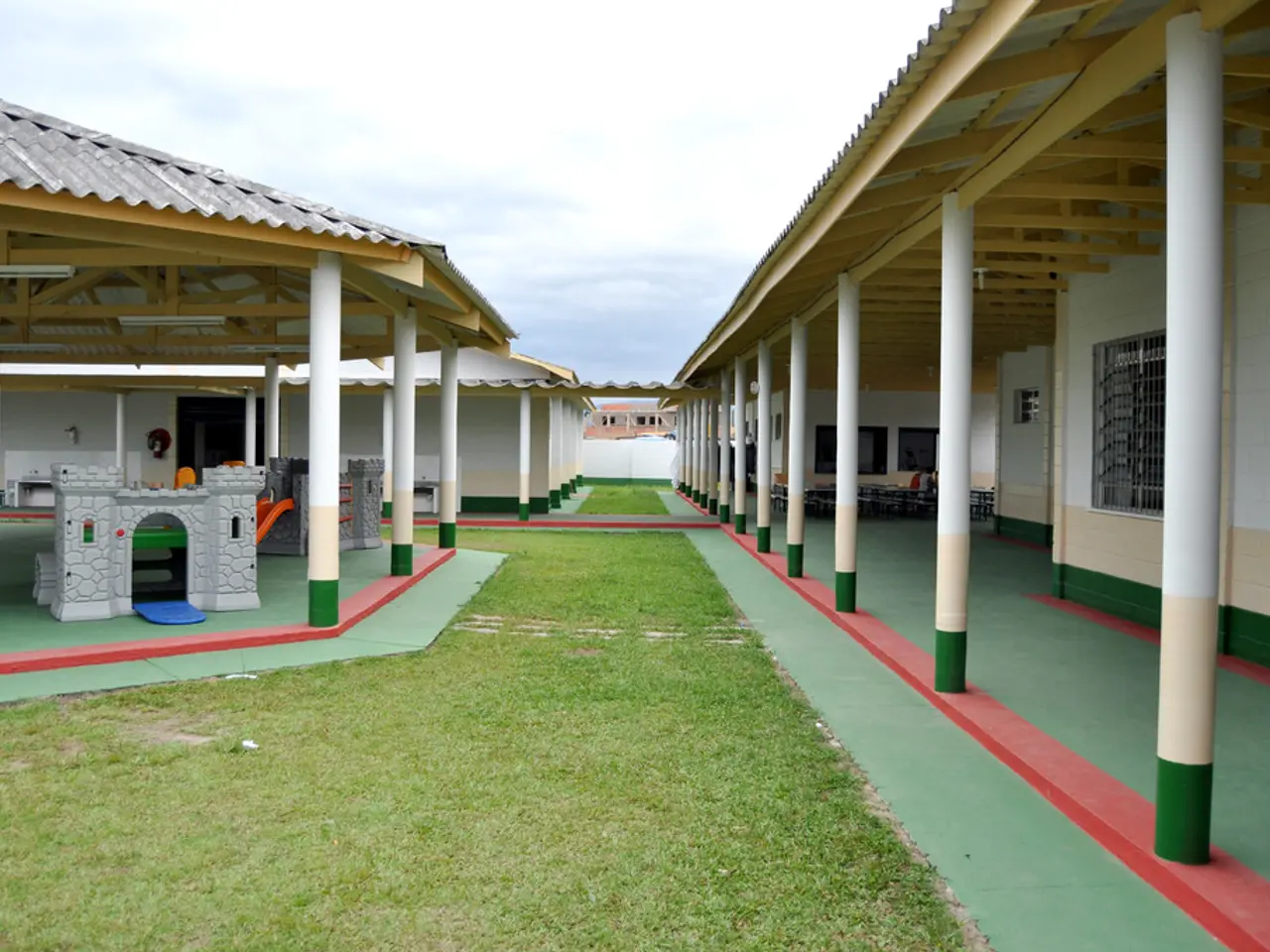Exorbitant £90 million monthly expenditure on homelessness shelters in the boroughs raises concerns of potential financial ruin for the local authorities.
In the heart of London, a growing crisis looms over the increasing number of households living in temporary accommodation. According to recent data, the number of London households in temporary accommodation has risen by 7% over the past year [1]. This surge in demand, coupled with escalating costs, has intensified financial pressure on local councils.
One of the key concerns is the cap on housing benefit subsidy rates for temporary accommodation. This cap, which has remained unchanged since 2011, does not fully cover the actual increased costs of temporary accommodation, leaving councils millions of pounds out of pocket and limiting their ability to commission adequate and high-quality supported housing [1]. This situation, in turn, undermines the provision of crucial services for vulnerable groups like people with mental health needs, care leavers, and those at risk of homelessness.
The Local Government Association (LGA) and London Councils have urged the government to reform these housing benefit subsidy rules, providing more sustainable funding to help councils effectively meet their homelessness duties and reduce associated public costs [1]. The rising costs of temporary accommodation have led to a 40% increase in monthly spending for many boroughs in 2023 [2].
The impact of inadequate funding extends beyond council budgets. For instance, the NHS has reportedly incurred £71 million due to delayed discharges resulting from the shortage of suitable temporary accommodation [1].
As the cost-of-living crisis deepens, homelessness rates in London have skyrocketed. More than 175,000 Londoners are currently homeless and living in temporary accommodation, equivalent to one in 50 residents in the capital [3]. If the current trend continues, the enormous costs of temporary accommodation pose a bankruptcy risk to boroughs' financial stability [4].
Five councils have already issued a Section 114 notice since inflation rates started to climb, signalling a potential risk of bankruptcy [5]. The cross-party group is concerned about this risk, as it would effectively declare bankruptcy for some councils [6].
To address this critical danger, London Councils are calling for more government support to help councils meet their monthly temporary accommodation costs ahead of the Spring Budget [7]. Ending the unfair cap on housing benefit subsidy rates for temporary accommodation would relieve much of the pressure on boroughs' resources [8].
The shortage of affordable accommodation has put severe strain on boroughs' budgets, with London Councils labeling this a 'critical danger' to their financial stability [4]. As private landlords cancel temporary accommodation arrangements to rent to private tenants or sell their properties, the situation worsens [9].
In conclusion, the subsidy cap for temporary accommodation is problematic because it fails to keep pace with the real costs of temporary accommodation, restricting councils' ability to support homeless households and leading to broader social and fiscal costs [1][4]. Reforming these housing benefit subsidy rules and providing more sustainable funding is crucial to help councils effectively meet their homelessness duties and reduce associated public costs.
Read also:
- Stone mining has transformed the once renowned 'Sada Pathor' into a desolate, post-apocalyptic landscape.
- The Developmental Journey of Digital Supply Chains
- In the Heart of Soho, Manhattan, a New Brewery Emerges Underground
- Financial regulatory body OCC imposes Anti-Money Laundering (AML) disciplinary action against Wells Fargo.








